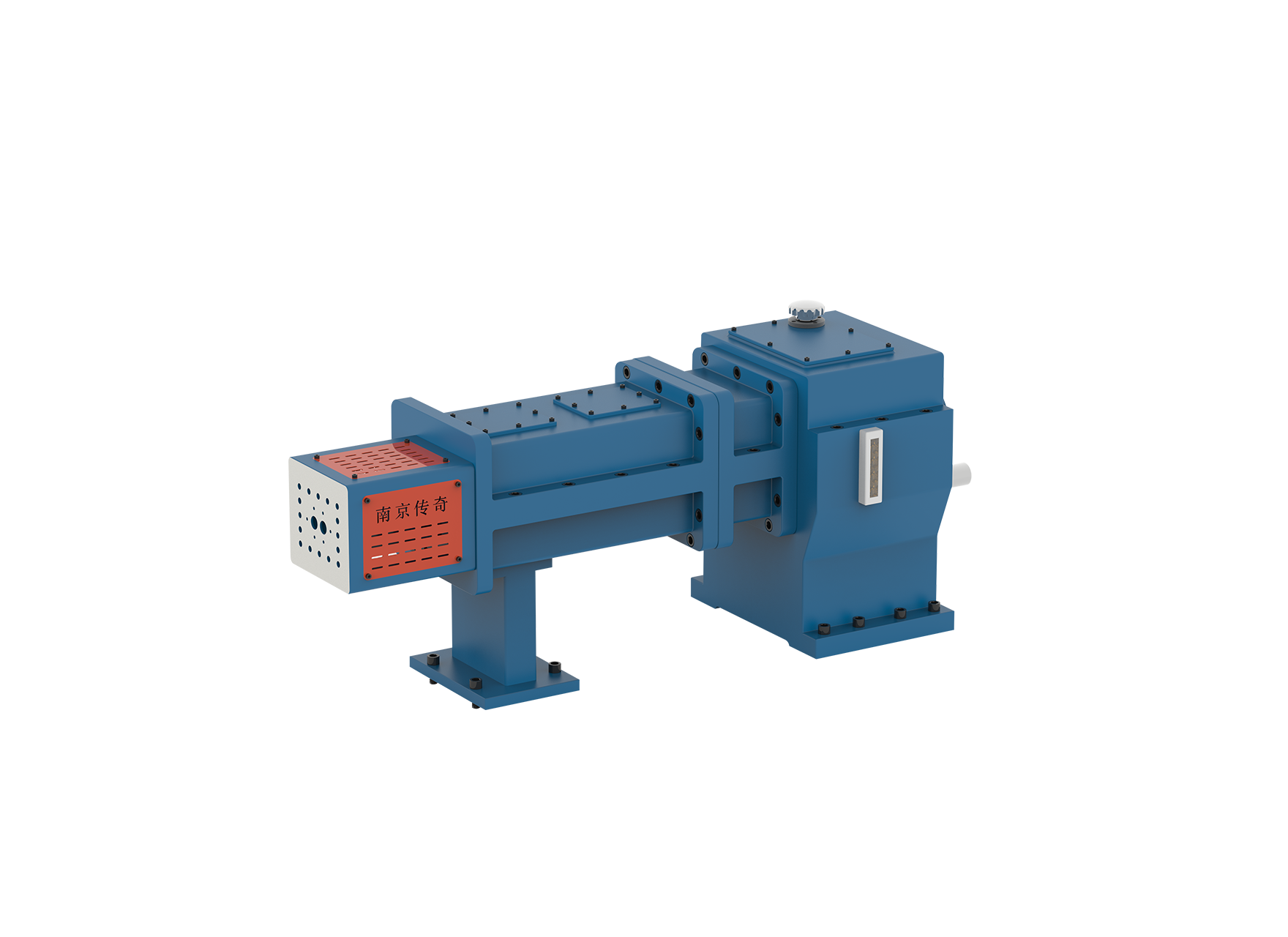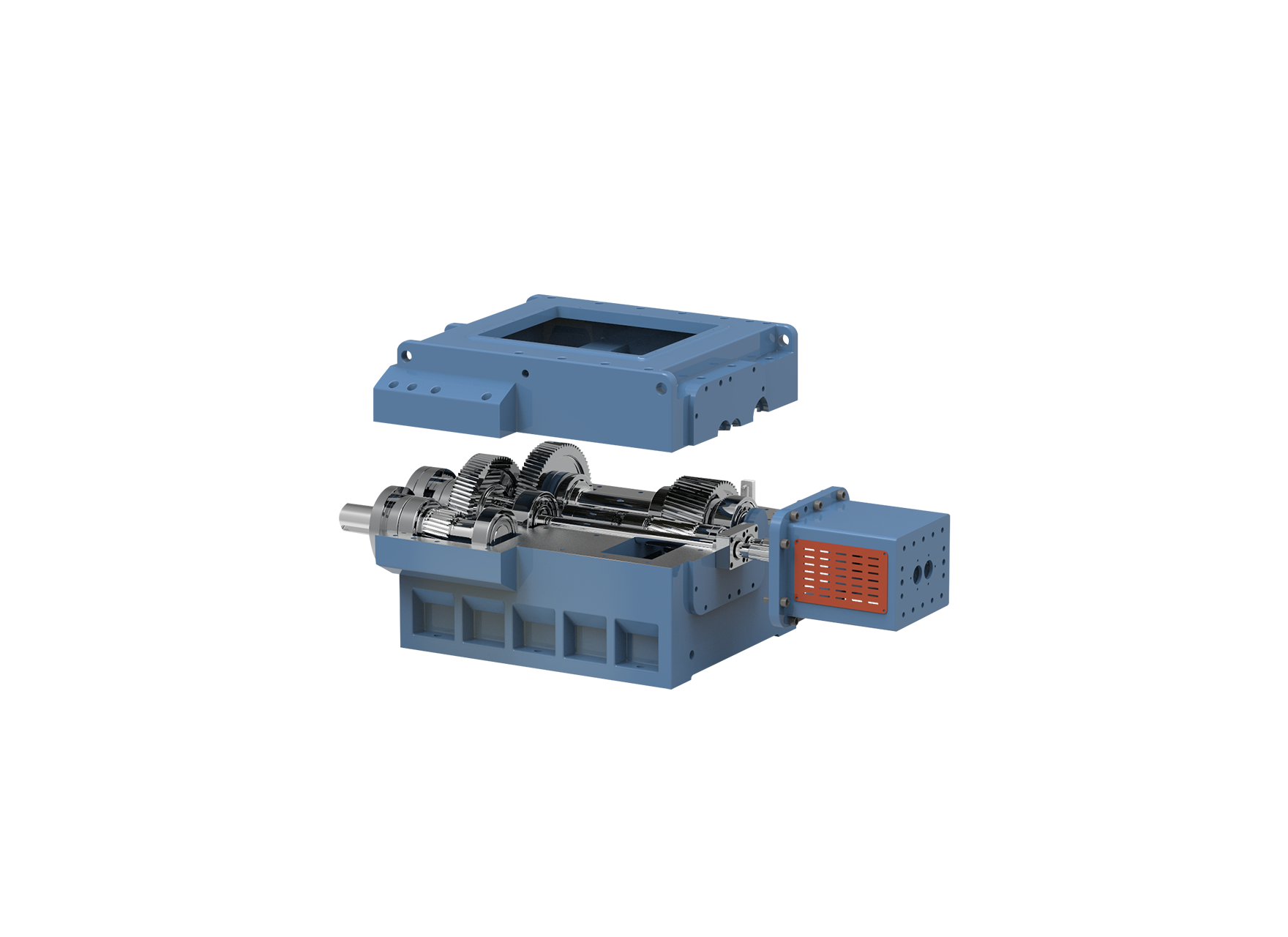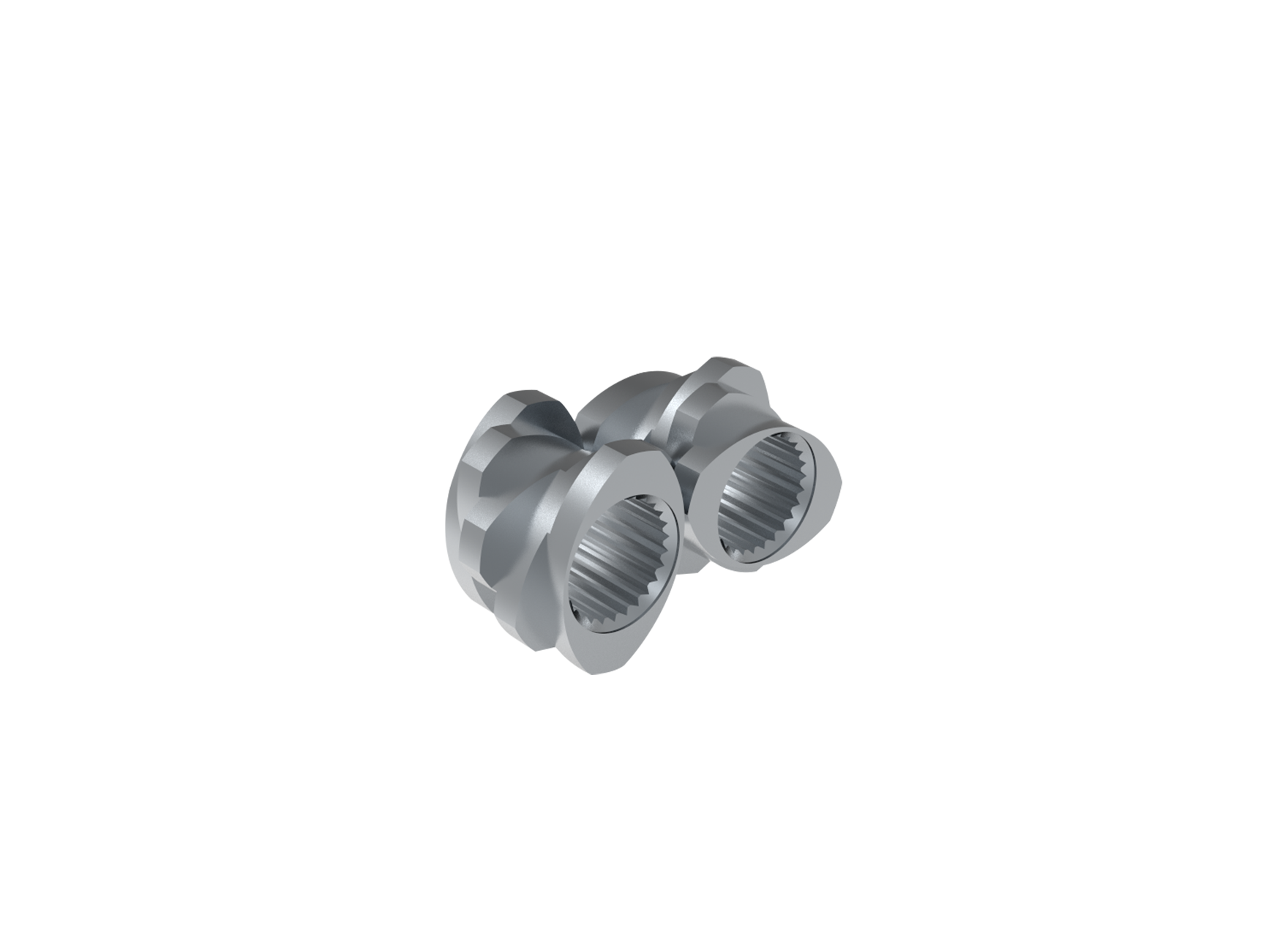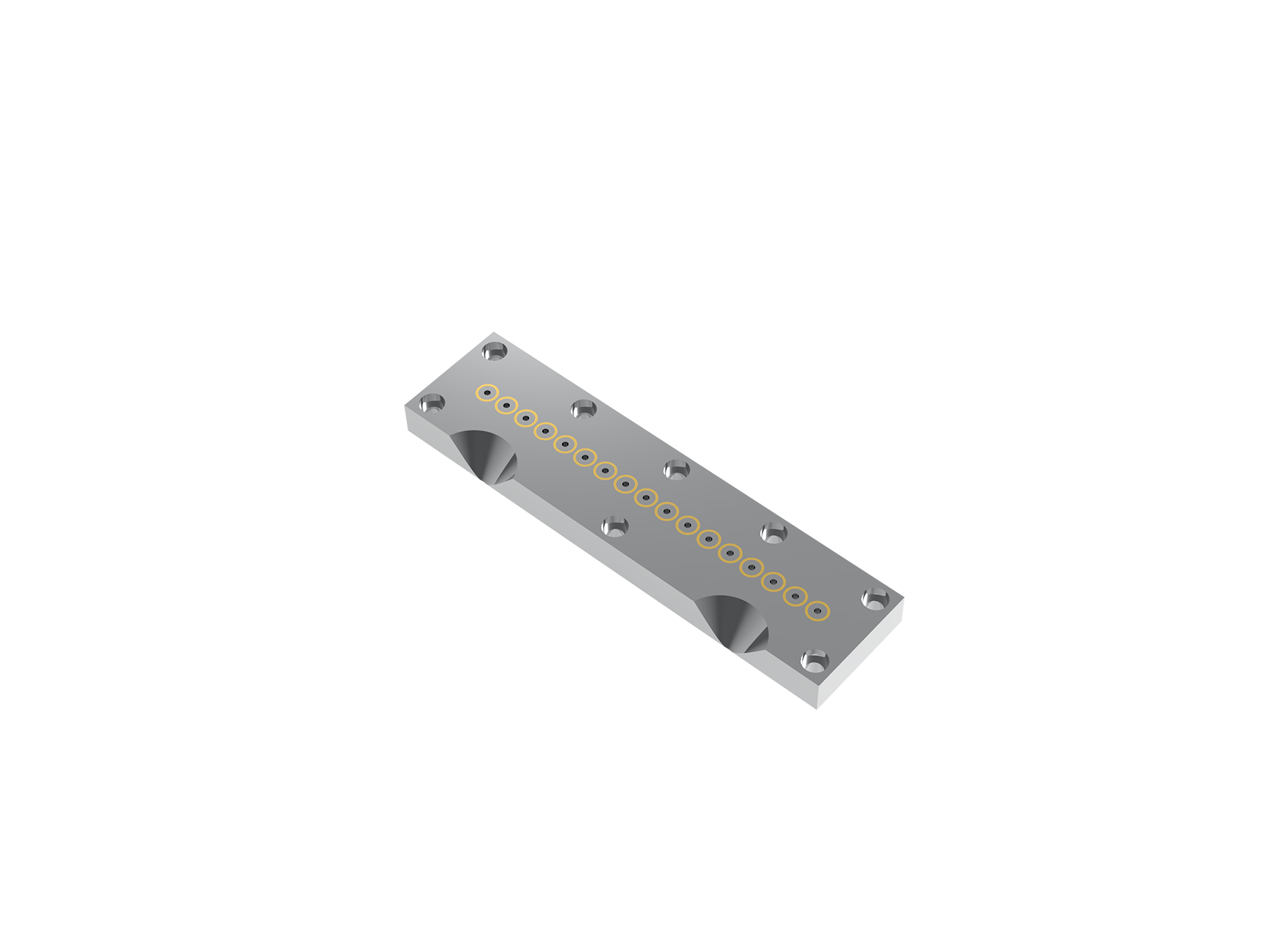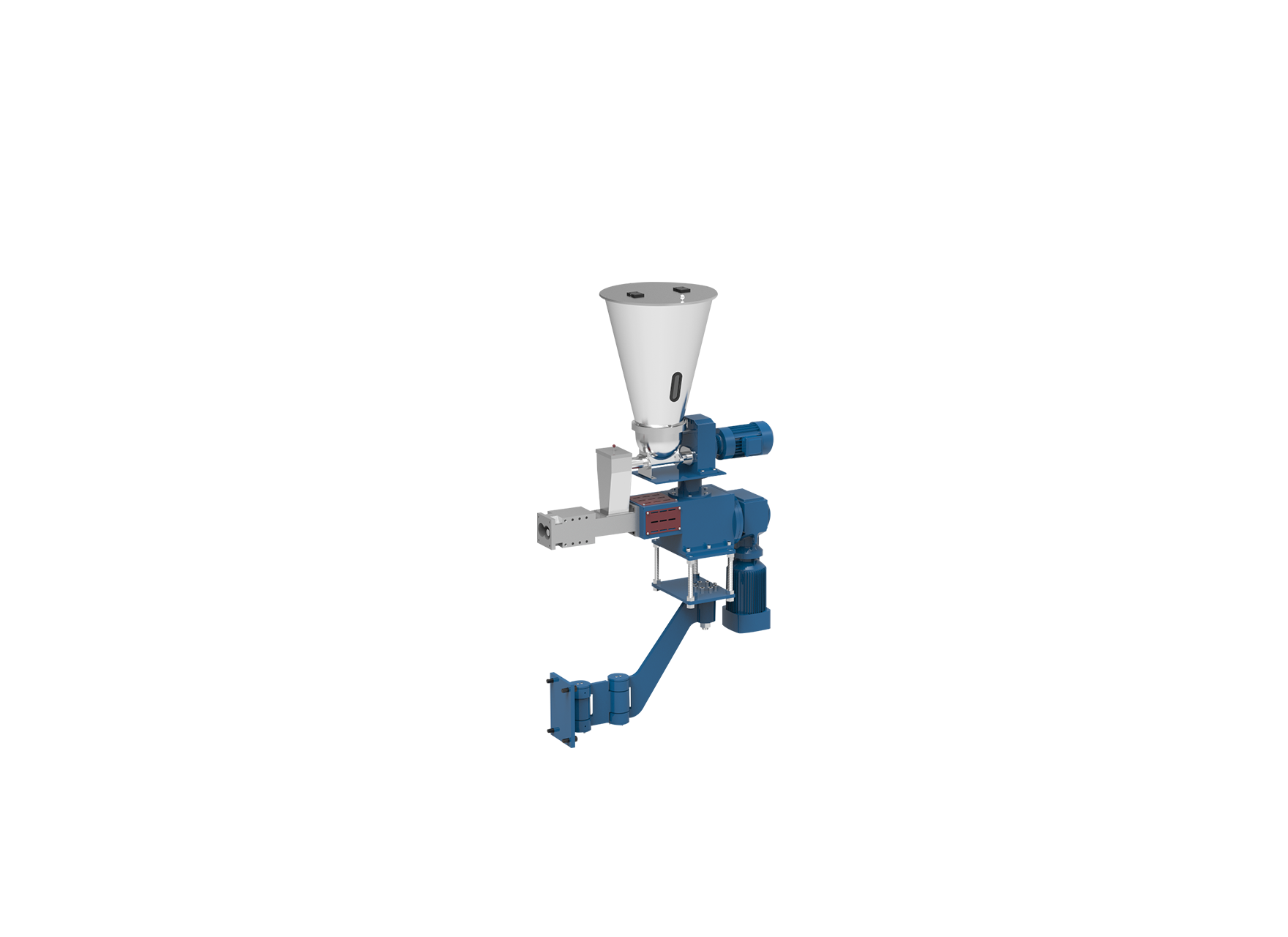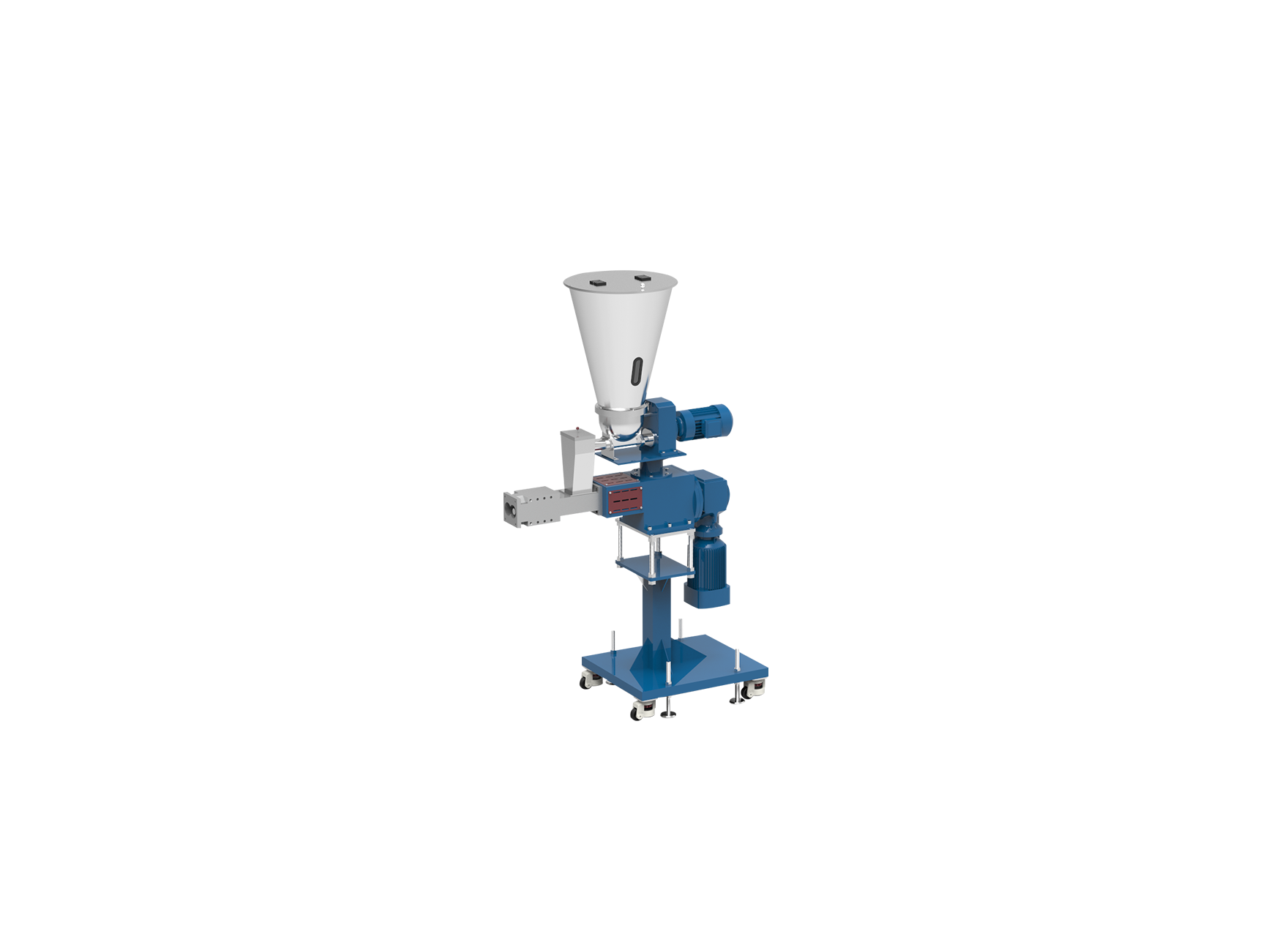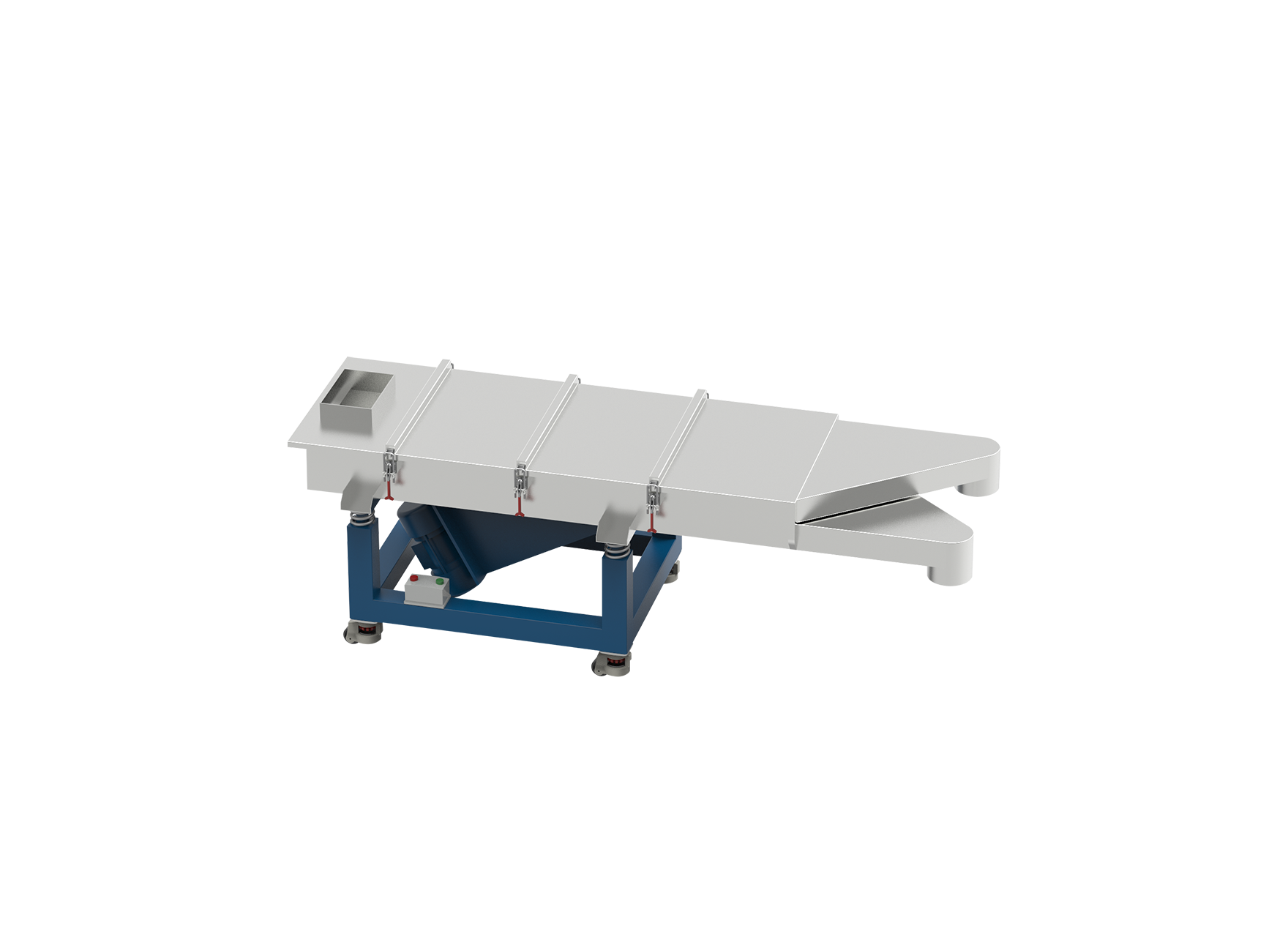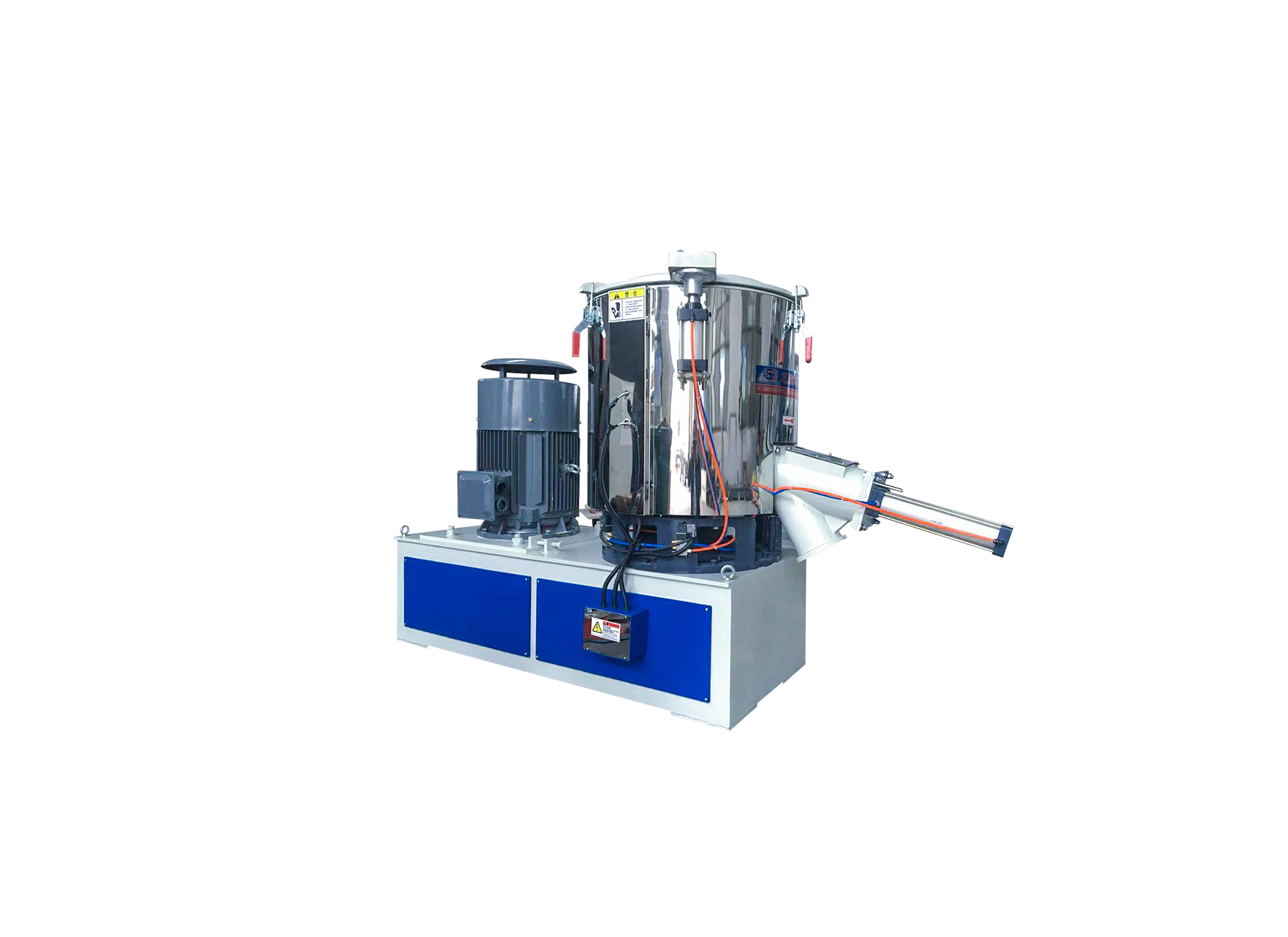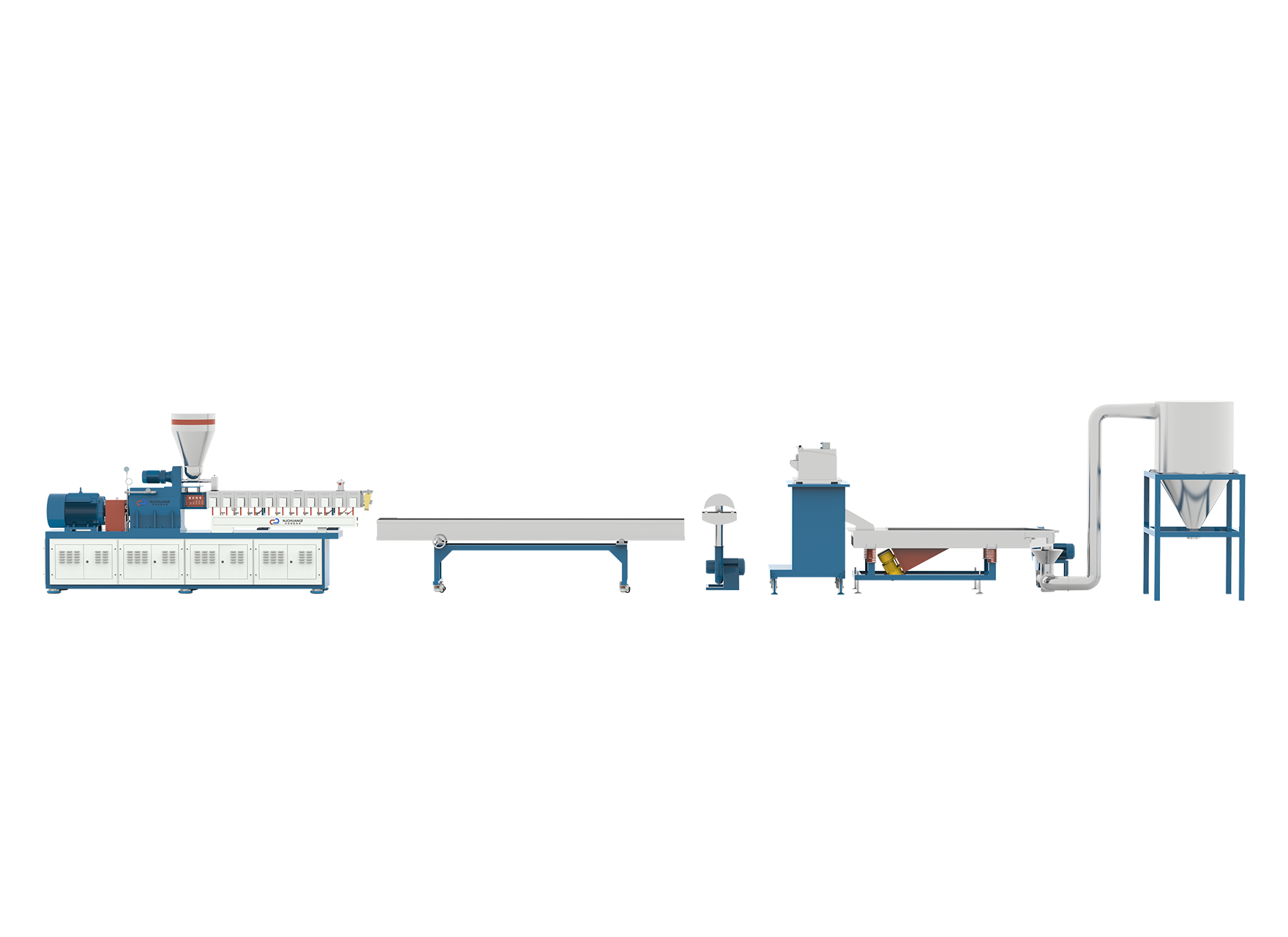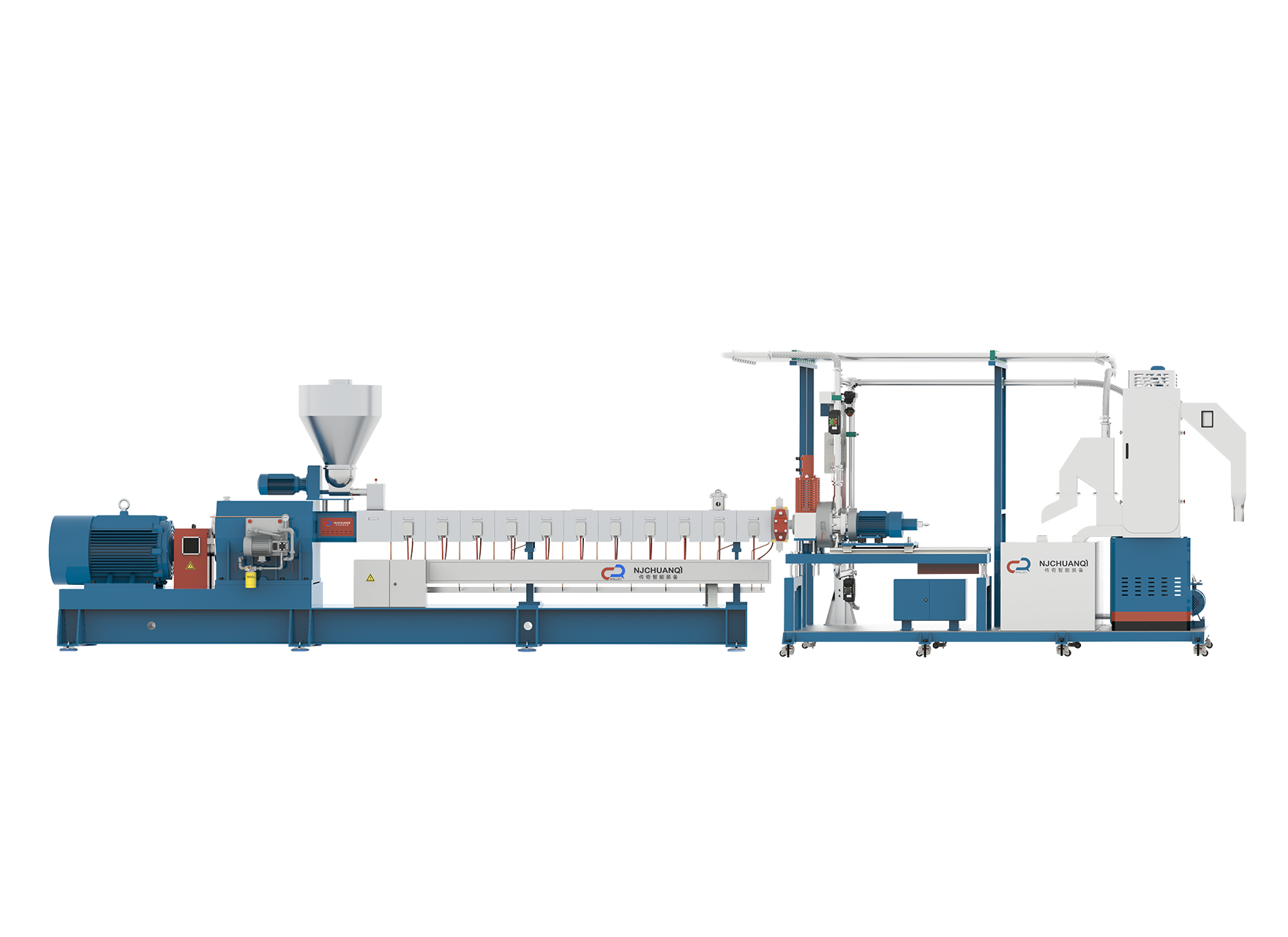Design Lab Extruder Machine Factory Manufacturing Exporter
Lab extruder machine factory stands at the front of material processing and research, offering versatile solutions for a wide range of industries and applications. These machines, designed and manufactured by specialized facilities such as the lab extruder machine factory, are integral to the development and production of various materials, including plastics, polymers, and pharmaceuticals. In this article, we delve into the structure and working principle of products from the lab extruder machine factory, highlighting their functionality, versatility, and impact on research and industry.
At the core of lab extruder machine factory products lies a sophisticated yet robust design optimized for precision and efficiency. These machines typically consist of several key components, each playing a crucial role in the extrusion process. The primary components include the extruder barrel, screw assembly, heating and cooling systems, die head, and control panel.
The extruder barrel, typically made of high-grade stainless steel or other durable materials, serves as the main chamber where raw materials are fed and processed. It provides a controlled environment for material melting, mixing, and homogenization, ensuring consistent output quality. The barrel is often equipped with heating and cooling jackets to regulate temperature and optimize material flow during extrusion.
The screw assembly, comprising a rotating screw shaft and various screw elements, is responsible for conveying, compressing, and melting the raw material as it moves through the extruder barrel. The screw geometry and configuration can be customized to accommodate different materials and processing requirements, allowing for precise control over extrusion parameters such as pressure, temperature, and residence time.
The heating and cooling systems integrated into the lab extruder machine factory play a critical role in maintaining processing conditions throughout the extrusion process. Heating elements, such as electric heaters or thermal oil jackets, ensure that the material reaches the desired processing temperature, facilitating melting and flow. Conversely, cooling systems, such as water-cooled jackets or air-cooling fans, help regulate temperature and prevent overheating, ensuring product stability and quality.
The die head, located at the end of the extruder barrel, defines the final shape and dimensions of the extruded product. It consists of a specially designed opening or series of openings through which the molten material is forced to form the desired shape. Die heads can be customized to produce a wide range of extruded profiles, including rods, tubes, films, and sheets, making them highly versatile for diverse applications.
The control panel, equipped with advanced electronics and software, serves as the brain of the lab extruder machine factory, allowing operators to monitor and adjust various parameters in real-time. From temperature and screw speed to pressure and material flow rate, the control panel provides precise control over the extrusion process, ensuring consistent product quality and performance.
In operation, the lab extruder machine factory follows a sequential process that begins with the loading of raw materials into the extruder barrel. As the screw rotates, it conveys the material forward while simultaneously applying heat to melt it. The molten material is then forced through the die head, where it takes on the desired shape and dimensions. Finally, the extruded product is cooled and solidified before being collected or further processed.
In conclusion, lab extruder machine factory products represent precision and efficiency in material processing and research. With their sophisticated design, versatile functionality, and precise control capabilities, these machines play a vital role in the development and production of a wide range of materials across various industries. From plastics and polymers to pharmaceuticals and food products, the lab extruder machine factory continues to drive innovation and advancement in research and industry, shaping the future of materials science and technology.

 English
English 中文简体
中文简体 русский
русский عربى
عربى +86-189 1339 2785
+86-189 1339 2785
